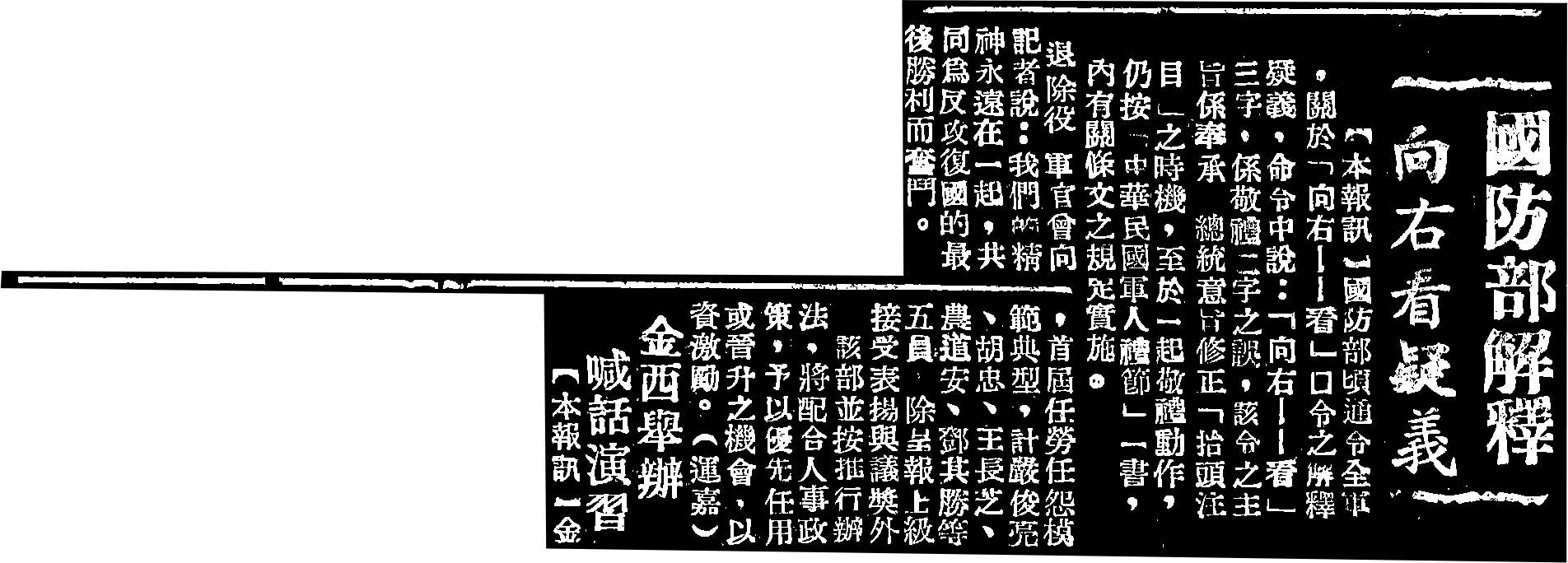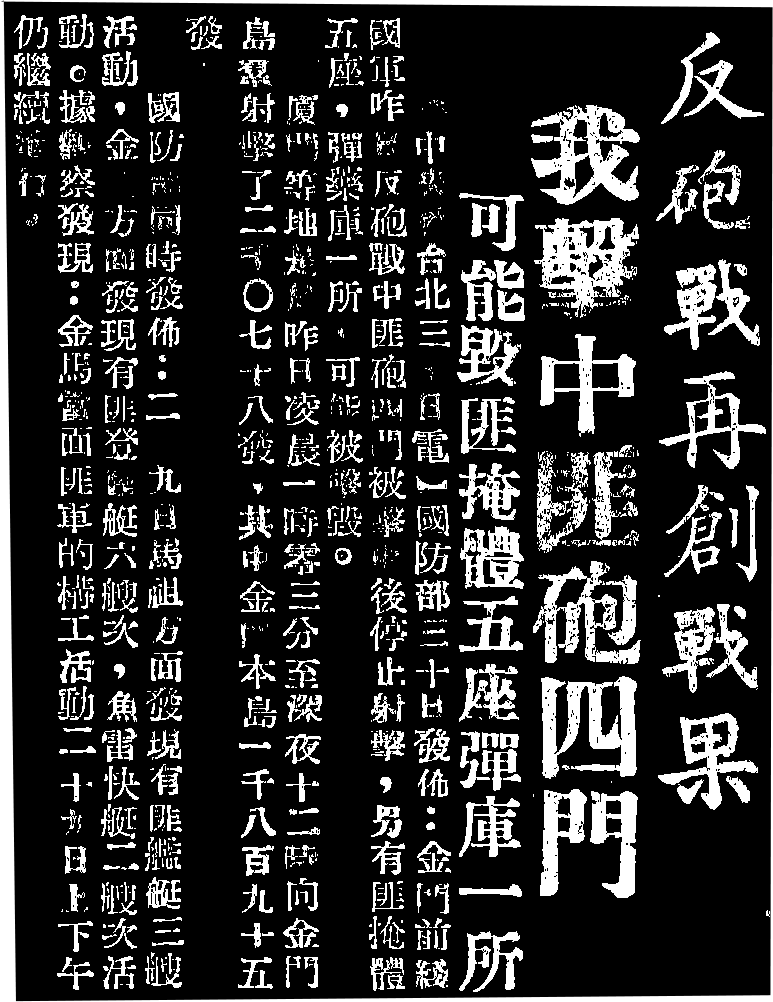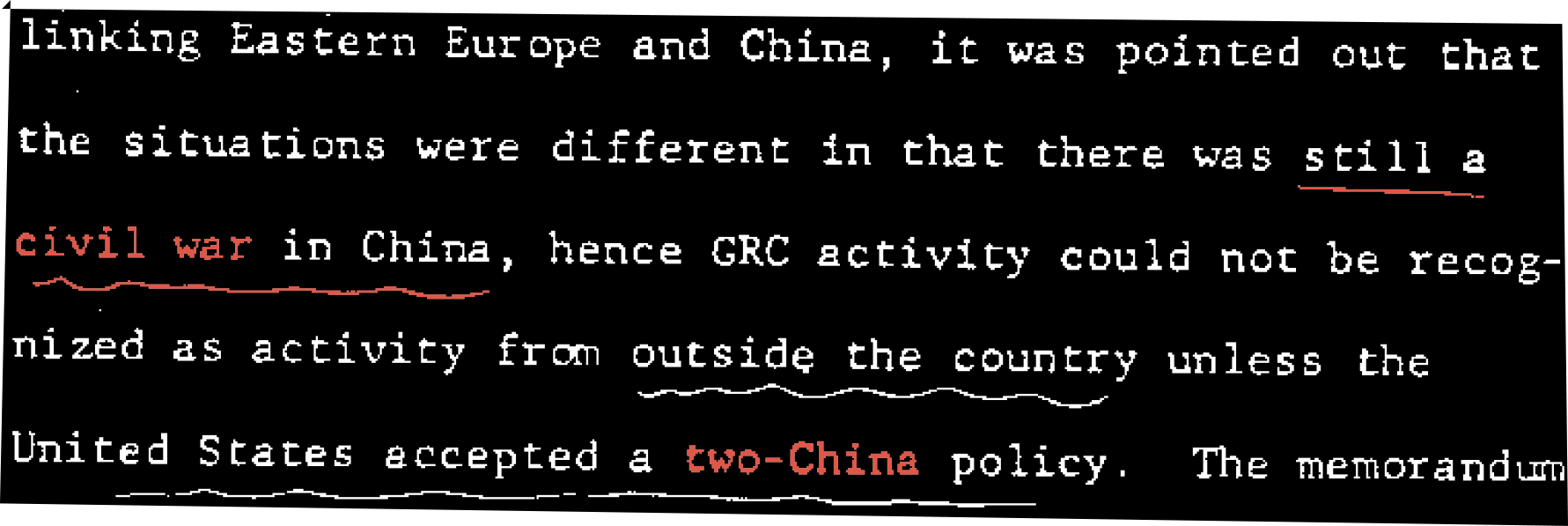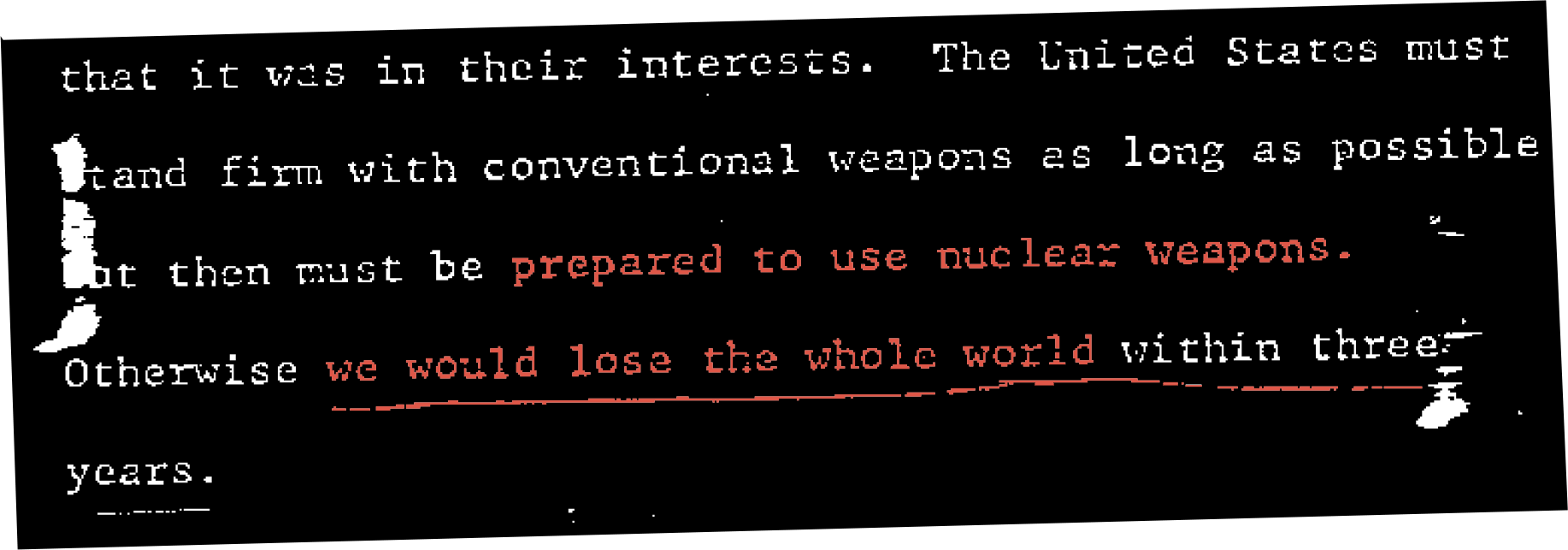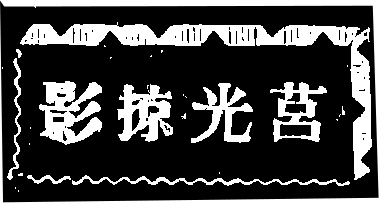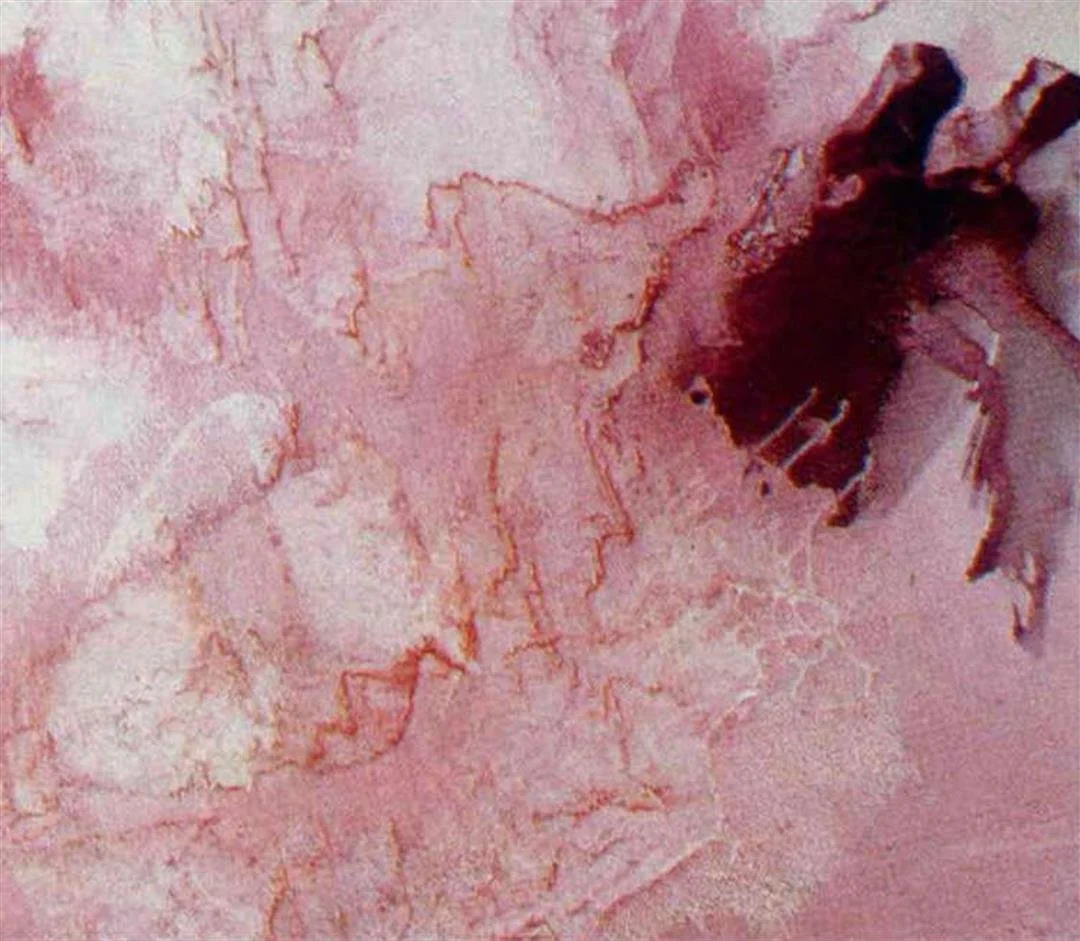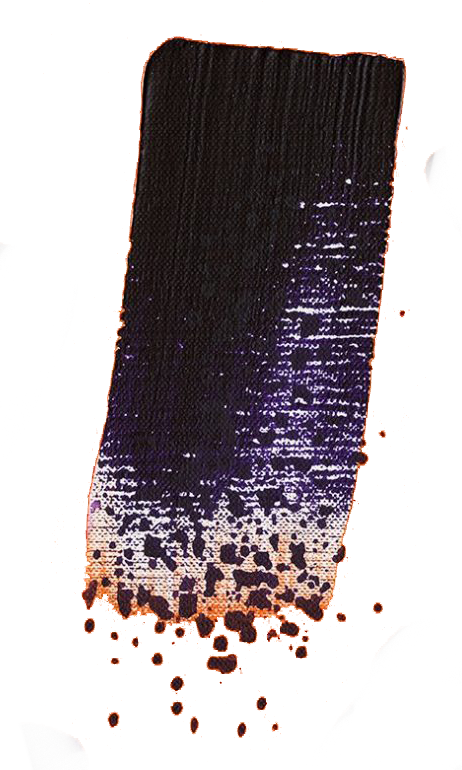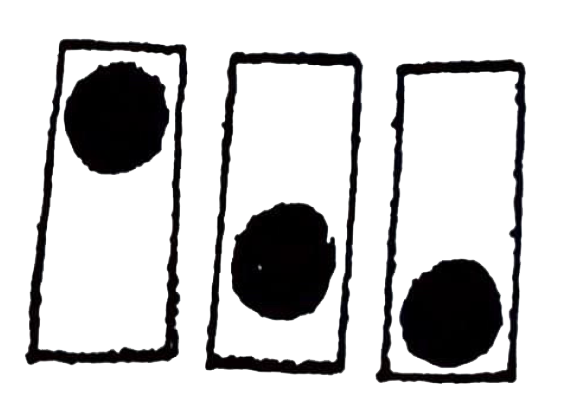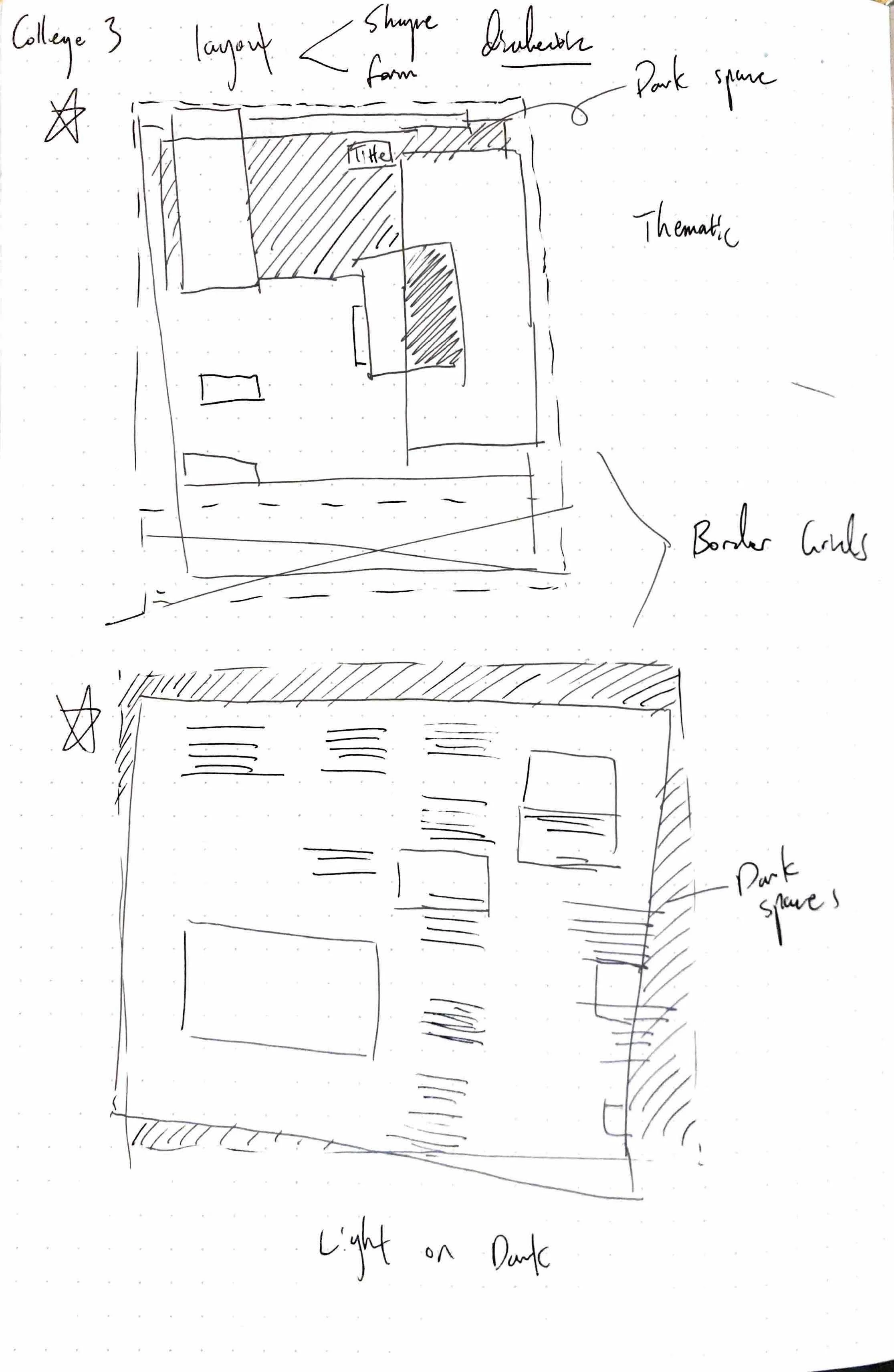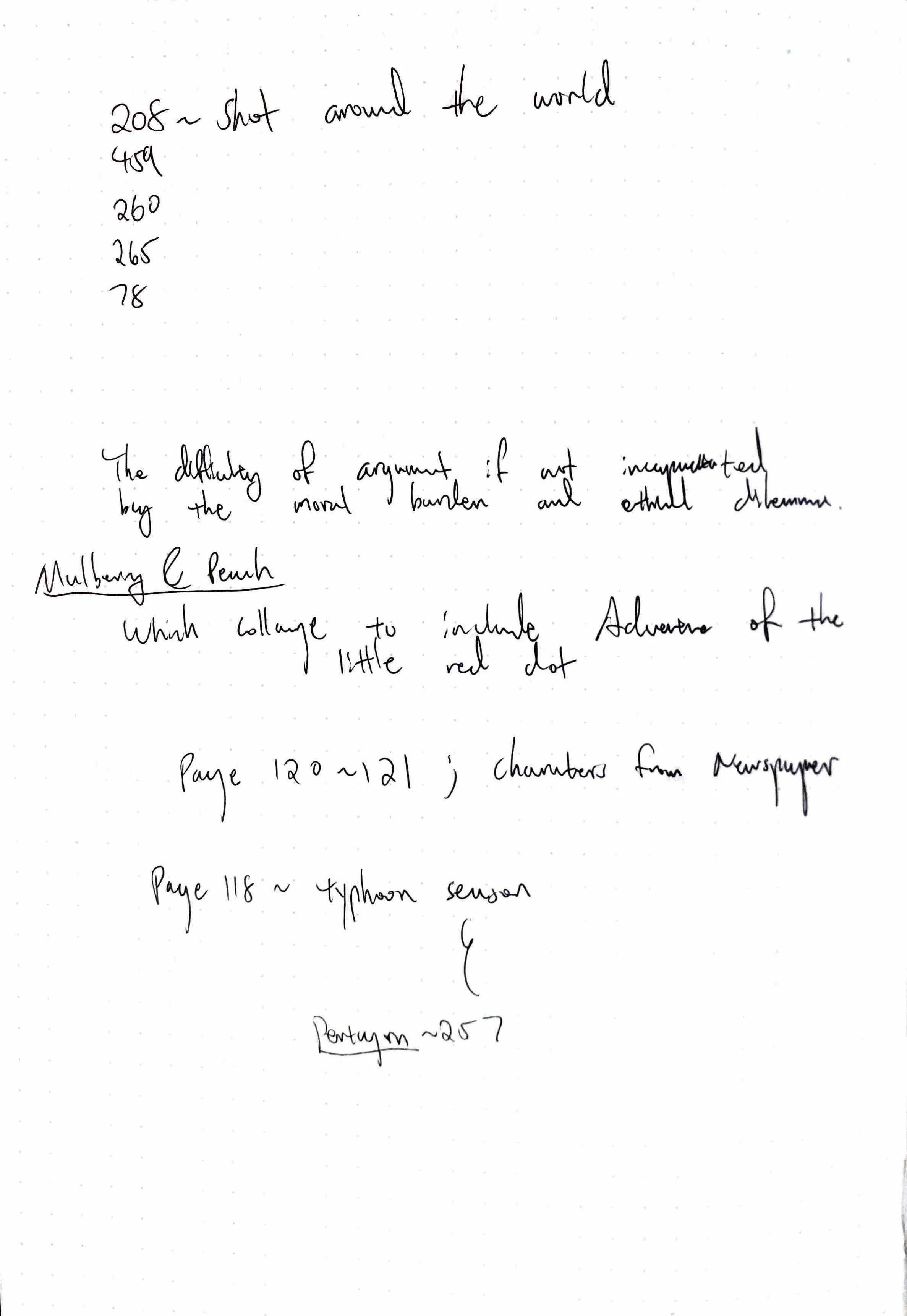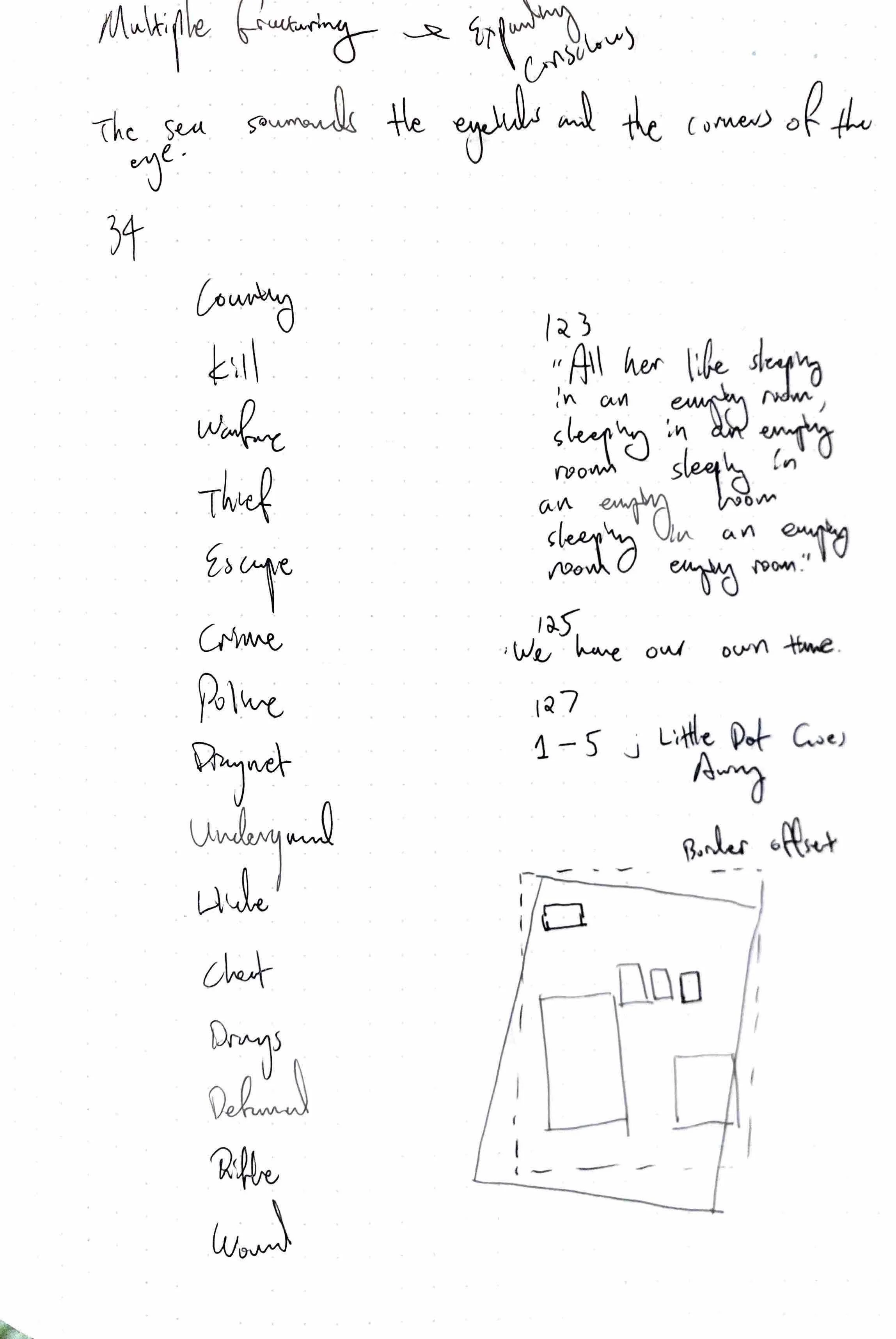COUNTRY
KILL
WARFARE
THIEF
ESCAPE
CRIME
POLICE
DRAGNET
UNDERGROUND
COUNTRY KILL WARFARE THIEF ESCAPE CRIME POLICE DRAGNET UNDERGROUND
“WORLD WON’T STOP, CLOCK WILL. JUST GO IN CIRCLES.”
Sang-wa’s Notebook, Summer 1957 - Summer 1959
A multimedia digital exhibition and collage in three parts
based on Hualing Nieh’s Mulberry and Peach
Lede
The second Taiwan Strait crisis lies behind much of the background to Mulberry’s Notebook in the Attic of Taiwan. Mulberry’s simultaneous narration of body and psyche undertones the kind of liminality that exists for much of China, one or two China. Metamorphosis takes place within Mulberry and around Mulberry: “life splits in half.”
In Uncle Ts’ai’s courtyard, people talk “about a ghoul that eats people alive” (130). Pan Chin-chiao’s body never decomposes after she kills herself “To see what death is like,” and her body becomes the ghoul that haunts and eats people in the village. Who validates a body? What is a “body,” life, and lives when it kills its own a priori?
Attempting to mediate the negotiations of the nation, the attic, and the self, Sang-wa’s perspective continuously tries to respond to the irreconcilable in part two of Mulberry and Peach. I want to understand how temporalities work within the haptics of Sang-wa’s diary and drawings, but also surrounding Sang-wa: her perspectives are crucially grounded in the diegetic mobility of information and news. However successful or unsuccessful this project is, it will also be my attempt to understand Taiwan and Sang-wa’s narrative cleavages.
In the China in the Modern World syllabus, we explored many mediums in their unique ways of expressing voice and self-reflexivity. Especially in our encounters with war within different artistic genres, they oftentimes are transmitted via visual and haptic encodings in language. My project will be in three sections; a three-part digital multimedia curation ground the collages I’ve created. These multimedia works span from newspaper clippings to abstract art by Taiwanese artists working in the era, archive film reels from Kenmen islands, and vernacular and war photographs. I attempted to underpin crucial moments at odds with Sang-wa’s Taiwan, and it took me a long time to develop a reading and conversation to contrast what I wanted to include here.
The first section explores what is looming underneath Song-wa’s encounters in the news —— and what kind of reading we can provide to the summers between 1957 and 1959 by exploring indexicality in the archives. Much archival work is done within online databases: such as the Taiwan National Library of Public Information and the de-classified Pentagon Papers.
The second section explores a kind of décollage: the disintegration of understandings. Here, I evoke Song-wa’s Adventures of Little Dot. An abstract exploration through the Ton Fan art movement in Taiwan. Spiritual liberation.
In the last section, I dive deeper into Sang-wa’s diary — I use collages to read Sang-wa’s various narrative spaces.
I’m particularly interested in Sang-wa’s encounter with newspapers, the diary’s encounter with explosive emotions through the Little Dot, and the grotesque dismembering of the attic. They form the basis of my mixed media collage, décollage, and montage collage; I experiment with reproductions of physical archives (newspaper), digital manipulation (photoshop), shapes, scale, and textures. Finally, the rhythm of going through this exhibition and reading collages.
What you will encounter: Archival newspapers from between 1957~1960 in Taiwan and its outposts next to the Mainland, the Pentagon papers (Leaked by Daniel Ellsberg, documents on Kinmen spanning 1956 ~ 1959), abstract artworks by Guo Yu Lun (郭豫倫), Chin Hsiao (蕭勤), and photographs by American and Taiwanese photographers, including John Dominis (for Life magazine covering the Second Taiwan Strait Crisis), Li Diaolun 李釣綸, and Den Nan-guang 鄧南光. Multiple perspectives create fractures against each other — it helps me visually read into the complexities of the 50s in Taiwan.
Pentagon Papers, 1966
“Counter-artillery offense produces results: hits four bandit artilleries, possibly destroying the bunker and bombing one”
Pentagon Papers, 1966
正氣中華 (金門日報), Kinmen Daily, December 31, 1958
正氣中華 (金門日報), Kinmen Daily, June 12, 1959
“Ministry of Defense explains: The doubt of look to the right”
Pentagon Papers, 1966
Collage 1
“向地下發展” (Going underground)
Click on image to enable light-box
Can a narrative be made from war, as if it’s not an encroachment on the splitting of bodies?
My first collage in the series reads fractures in political narratives that lead to inevitable dehumanization. The collage uses its form and texture from Chao Hsin’s painting (ink on canvas) titled Xiao Yao, 逍遙. Xiao Yao is Taoist terminology from Zhuangzi‘s 逍遙遊 that explores the highest state of spiritual liberation that enables one to live without conflict. To arrive at that point of freedom, Zhuangzi describes a uniform treatment towards the material world — Chao Hsin’s Xiao Yao is indulgent in space and motion; it can be the sky, but it can also convey a total mental fluidity between form and function. I inverted and manipulated the broad blue bands across the original painting to form a feeling of oppressiveness.
“Sang-wa scrawls thick, crooked lines of ink all over those important events with her writing brush. Under those important events she draws little circles.”
I want to bring out the ways that the rudimentary mechanics defining what it means to be “Chinese” cannot even survive the very cleavage surrounding it. Who gets to possess and control this body — Americans, Communists, Nationalists, Pacific Air Force Command…?
Through the photo-journal coverage of 1958 Chinmen by John Dominis, Chin Hsiao’s piece “Movement,” the Pentagon Papers, and an archival newspaper headline from the height of the Second Taiwan Strait Conflict, I tried to unite different temporalities to demonstrate the unevenness between how different visualizations contended with their incongruent realities.
“I’m sorry. She was born at the wrong time.”
HIDE
CHEAT
DRUGS
REFORMED
DREAM
DEATH
HAPPY
PAIN
GRIEF
LOVE
HIDE CHEAT DRUGS REFORMED DREAM DEATH HAPPY PAIN GRIEF LOVE
2.
蕭勤 “動態─4”
Excerpt from: Hsiao Qin “Movement─4”
郭豫倫 “遙遠”
Guo Yulun "Far Away"
Collage 2
The New “Adventure of Little Dot”
Click on image to enable light-box
Looming behind the 1959 9.21 issue of 名聲日報 (Ming-Sheng “Reputation” Daily) was the Nantou shooting, a brutal massacre of 10 people by Captain Li Hsing-ju, who would also commit suicide on the scene. The Nantou shooting rocked Taiwan and had trouble being censored at the time.
Li had fallen in love with Lu Mu-sheng before his station in Chinmen for the Second Taiwan Strait Crisis, but Lu rejected Li’s advances and was about to marry her neighbor on the day of the shooting. Upon returning from the war in Chinmen, Li Broke into Lu’s house, killing much of her family and neighbors who came to investigate.
Censored from much of the real commotion of the war away at Chinmen, Taiwanese people saw, for the first time, the real psychological trauma and displacement of war through the Nantou shooting. Most reporting did not mention Li just returned from Chinmen, serving as captain.
If sections of a newspaper are Sang-wa and her Dot’s window into the world, I imagined Mulberry and Chia-Kang on the same visual axiom. They lie surrounded by newspapers, Sang-wa learning what the world is like through paper montages. Sang-wa wants to become more than a dot. A play on simple forms: mama gets angry (leaving the newspaper windows and clippings but smearing, disintegrated from that movement), and Papa lies on his tatami mat, as in Sang-wa’s original drawing…
Every section thus far has been interosculated by the vocabulary Sang-wa encountered in newspapers, and they are grey and red. This collage was originally conceived as a physical collage to correspond to Sang-wa’s words and enunciations; it was then scanned and digitally manipulated in Adobe Photoshop and adobe Illustrator. Sang-wa’s Tatami is morphed into Guo Yulun’s painting titled “Far Away,” in which I read that a bird-like figure traverses through the textured but disturbed air. Chin Hsiao, co-founding Ton Fan Art Group in the 1956s, provided the basis for Guo Yulun’s work. During the White Terror, Abstract and minimalist art became powerful ways to circumnavigate censorship while still yearning for creative freedoms.
3.
Collage 3
Sang-wa’s Diary
Click on image to enable light-box
Through Sang-wa’s diary, I play with narrative and physical spaces — some things are literal, and some are abstract. First, the collage was created physically with print-outs (and excerpting a few pages of my copy of Mulberry and Peach…) and crafts paper. I wanted to play with what happens when something is turned inside out, psychologically and physically (how do we locate Sang-wa’s diaries in the span of Mulberry’s work? What happens when we read it alone, also).
In these collages, I use Chin Hsiao’s painting titled “Movement,” working with shapes and Song-wa’s exploration of the supernatural and the irrational in Sang-wa’s nature. The photographs are excerpted from Den Na-Guang’s Washing Clothes by the Riverbank.
Reflections and conclusion
The curation that intertwines different mediums and genres was always in the back of my head while reading Mulberry and Peach — Hualing Nieh beautifully composes scenes and disparate mental surfaces through her experimentation with form and the space of her pages. As rewarding as it was to read, I wanted to mirror her experimentations in visual mediums. Not all of my bibliography was used, but they gave me poignant visual insights and directions, which I narrated in my collages.
The difficulty of encountering Nieh’s piece, for me, was contending with her narrative modulation and stream of consciousness. The sensuality of language is at the surface, but many contextual anchorings of the work are pivotal to understanding what is going on, especially against the absurdity and diegetics throughout the book. This project hopes to address some of those gaps, specifically landing on the moment of trying to make sense of the body and nation through the Second Taiwan Strait Crisis.
Through hosting this project digitally, I hope it gains haptic tactility and visual interaction beyond just pictures alone. The usefulness of a website is its malleability: I hope to expand this website while revisiting Hualing Nieh’s work in the future.
Below, you will find some of the rough planning I did, as well as all of the bibliography.
Thank you to Professor Lydia Liu, Peter Chen, and all our CMW classmates for one of the most rewarding and insightful seminars I’ve taken at Columbia.
Fin.
Notes, Drafts, Plans
Annotated Bibliography
Primary Source
Nieh, Hualing. 1984. Mulberry and Peach. 1st ed. New York City: The Feminist Press at The City University of New York.
In the first part of my project, I’m particularly interested in Sang-wa’s tatami mat drawing of Adventures of Little Dot as a part of the mise-en-scene of their family’s activities in attic. There’s Chia-kang’s deck of cards, Mulberry’s stories of “Her life,” old newspaper clippings and stories of people running away are on three tatami mats of their own which is the canvas of their lives, a memory re-arrangement bank of events (120). These are stories within stories, enclosed by a sense of claustrophobia.
Second, I will read Mulberry’s stream of consciousness/schizophrenia episode to witness Peach’s emergence here through Mulberry’s escape stories. “Sang-wa sees our reflections in the pond. She say there’s an attic made of water in the pond. In the water attic there are three people made of water. Their faces are covered with dirt, their eyes open wide in fright. The water people change shape when wind blows. Their bodies gleam and sparkle. She throws in a pebble. The tree water people shatter. The shards toss about on the ripple.”
Lastly, I will read the summer of 1959, Sang-wa’s diary and Mulberry’s “life split in half.” I return to first part of Sang-wa’s drawings, part 14, “Little Dot looks out the window.” A paradise of attic, identity cards, people eating people, and the names of things she see, with the a sun roasting all of these (pages 128, 142, 148, 153). And of course, the white cat with black tail.
Sheehan, Neil. 1971. The Pentagon Papers As Published By the New York Times.. New York, Quadrangle Books, 48-85, 98-99, 106-109, 123-127, 138-145, 207-209, 266-267, 280-281, 456-465, 522-525.
Visual juxtaposition to the disparity between different narratives. Most notable are the thawing Sino-U.S. relationship, indifference to human flesh, the willingness to use nuclear weapons to avoid another Korean war, and the intention towards normalizing relations with Communist China. No lives are “split” to policymakers; they exist in zero-sum. The Pentagon Papers narrated the difficulty of engaging in dialogue with the GRC (Government of the Republic of China). Clearly, the U.S. and its military control policy-making in the Taiwan Strait region. Any voice succumbs to policymaking language, with Eisenhower’s secretary of state, John Dulles, playing a pivotal voice in aggregating an antagonistic narration against Chiang Kai-shek — it depicts a character traversing in the dark that is cluelessly revolution
Chang, Yu-Yin. "構築東方人文思想的精神空間:蕭勤─自我悖反與另闢蹊徑." ARTouch. May 12, 2022. https://artouch.com/art-views/content-64880.html.
I will read Chin Hsiao’s 動態─4, 四元,and 逍遙 to deposit my visual collage to contort with the settings of Sang-wa, Chia-Kang, and Mulberry’s tatamis. Chin Hsiao’s intervention into abstract art movements through his globalized experience of being a journalist interests me, especially his exploration in the abstractions of idealism, nostalgia and sentimentalities (interiorities). These abstractions can serve as visual punctum to underlay Tatamis, a deposition of his form, if it can be done. At the same time, including Chin Hsiao’s artwork as part of my collage in further distorting ways is at the same time an investigation into the Ton Fan art movement in Taiwan during the 1950s—their aesthetic hybridity and metabolization of modernity against the turbulent domestic political furor.
動態─4 (movement) especially conveys a sense of directionless-ness: the streaks of disintegrating bands through darkened acrylic outlines and curvature of the orange backdrop against the imposing blue abstraction is poignant. Movement implies change.
四元—2 (four elements) is a work that uses color negatives as a way of depicting color illusion, which is likened to Victor Vasarely’s optical illusions. The purple rectangle in front of the darkened background can have an additive and hollowing effect at the same time. This explores composition and overlays that are strung together by color and their variations in negative states.
Secondary supplements to 逍遙
Cheung, Ko. "在我的開始是我的結束:蕭勤的藝術與生命." 美紙. May 3, 2020. https://artandpiece.com/art/hsiaochin0504/.
許瑞娟。〈郭象注《莊》的詮釋意義-以「逍遙」為討論中心〉。《國立臺灣大學哲學論評》第60期(2020):頁1-45。2023年11月30日檢索自華藝線上圖書館。doi:10.6276/NTUPR.202010_(60).0001
逍遙 is a Taoist terminology from Zhuangzi‘s 逍遙遊 that explores the highest state of o spiritual liberation that enables one to live without conflict. To arrive at that point of freedom, Zhuangzi describes a uniform treatment towards material world. I use Jui-Chuan Hsu’s paper to better help me understand this act of philosophizing the usage and imploring of “Xiao Yao” in a postmodern context. In his painting titled after the term, splattering and incessant fragmentation at one end of the blue flow in Chin Hsiao’s work explores this state of being. I read the color towards the bottom right as the abandoned. The material of the paper is especially fore-fronted in the string-like grains that are incorporated as part of the texture of painting.
Videos
“War and Peace in the Nuclear Age; Bigger Bang for the Buck, A; The Common Defense (3 parts),” 01/01/1958, GBH Archives, http://openvault.wgbh.org/catalog/V_F8E1912277E640EF8E5F5EAEA2CD0316.
“Quemoy and Matsu Crisis 1958,” 1958, National Archives, https://www.youtube.com/watch?v=P1jm0Y3jYFs&ab_channel=historycomestolife.
Newspaper clippings
With emphasis on time and temporality, the clippings are from Taiwan National Library databases that explores Sa-wang’s act of re-arranging words from newspaper clippings and its literal “meta-displacements.” The selection is chosen for interpretation, content, the surrounding of the specific reporting (context), as well as circulation of news cited from mainland Taiwan newspaper by Quemoy agencies--displacement of information to the liminal of a nation and its inhabitants. Period 1956~1960. Translation of titles are mine.
"南投發生驚人血案死十一重傷四人 “Shocking Murder in Nantou, Killing 11, Seriously Wounding 4”." 臺灣民聲日報 (臺中巿), September 21, 1959. https://das.nlpi.edu.tw/handle/2qka2.
"贏得第一回合勝利,為國軍最大光榮 ”Winning First Round Is the Greatest Glory for Nationalist Army”." 正氣中華 (金門日報) (金門島), December 31, 1958. https://das.nlpi.edu.tw/handle/4zxne
"向地下發展 “Going Underground”." 正氣中華 (金門日報) (金門島), June 12, 1960. https://das.nlpi.edu.tw/handle/ytaks.
"檢討南投情殺案 “Review of Nantou Murder Case”." 臺灣民聲日報 (臺中巿), September 30, 1959. https://das.nlpi.edu.tw/handle/xpkd5.
"協緝逃犯,獲得嘉獎“Assist in Arresting Fugitives and Receive Compensation”." 臺灣民聲日報 (臺中巿), June 17, 1957. https://das.nlpi.edu.tw/handle/42zyx.
"逃亡 “Fugitive”." 臺灣民聲日報 (臺中巿), May 20, 1957. https://das.nlpi.edu.tw/handle/xk424.
"又一批義胞逃抵香港 “Another Group of Compatriots Fled to Hong Kong”." 正氣中華 (台北。金門島。), July 11, 1958. https://das.nlpi.edu.tw/handle/p7gwm.
"鹽警殺人判十二年 “Policeman Sentenced to 1 Years for Murder”." 中國日報 (台中), July 8, 1957. https://das.nlpi.edu.tw/handle/yu9g8.
"同夥流氓尋仇,竟又刀刺司機 “Fellow Gang Member Seek Revenge, Stabs Driver“." 中國日報 (台中), July 27, 1957. https://das.nlpi.edu.tw/handle/9y7g9.
Photography of Li Diaolun 李釣綸
Thematic exploration of the Taiwanese vernacular through black and white photography. Including but not limited to thematic ornaments of monastery, landscape, geology patterns, daily life (drying of noodles). These shape the world outside of the metropolis but the visual language of Taiwan.
李釣綸(1950~1980)。[組合攝影-廟宇(三)之15]。《數位典藏與數位學習聯合目錄》。http://catalog.digitalarchives.tw/item/00/6d/89/54.html。
李釣綸(1950~1980)。[組合攝影-農田之1]。《數位典藏與數位學習聯合目錄》。http://catalog.digitalarchives.tw/item/00/6d/89/c6.html。
李釣綸(1950~1980)。[組合攝影-農田之2]。《數位典藏與數位學習聯合目錄》。http://catalog.digitalarchives.tw/item/00/6d/89/c7.html。
李釣綸(1950~1980)。[組合攝影-岩地之8]。《數位典藏與數位學習聯合目錄》。http://catalog.digitalarchives.tw/item/00/6d/89/c4.html。
李釣綸(1950~1980)。[組合攝影-紋理(四)之5]。《數位典藏與數位學習聯合目錄》。http://catalog.digitalarchives.tw/item/00/6d/89/a0.html。
李釣綸(1950~1980)。[組合攝影-紋理(五)之8]。《數位典藏與數位學習聯合目錄》。http://catalog.digitalarchives.tw/item/00/6d/89/ac.html。
李釣綸(1950~1980)。[組合攝影-曬麵線之1]。《數位典藏與數位學習聯合目錄》。http://catalog.digitalarchives.tw/item/00/6d/89/e9.html。
李釣綸(1950~1980)。[組合攝影-曬麵線之2]。《數位典藏與數位學習聯合目錄》。http://catalog.digitalarchives.tw/item/00/6d/89/ea.html。
Photography of John Dominis
American correspondent in the Second Taiwan Strait conflict. The photographs taken by Dominis around this time covered war in the “Far East” for Life magazine—they serve as a global visual imprint, especially how nationality is a process being violently defined.
Charlie, Savage, and Dominis John. "Risk of Nuclear War Over Taiwan in 1958 Said to Be Greater Than Publicly Known." New York Times, May 22, 2021. https://www.nytimes.com/2021/05/22/us/politics/nuclear-war-risk-1958-us-china.html.
Dominis, John. Quemoy 1958. B&W Negative. Life Magazine. https://artsandculture.google.com/asset/quemoy/IwE2lC8q6WYVHg
Dominis, John. A scene from Quemoy Island. 1958-08. B&W Negative. Life Magazine. https://artsandculture.google.com/asset/quemoy/6gEwadOLH9fWXg
I’m interested in the torn poster here, signs of Marshall law, imposed from the provincial government in Taiwan to its outskirt authorities in Quemoy during wartime (second Taiwan Strait Conflict).
Dominis, John. A scene from Quemoy Island. 1958-08. B&W Negative. Life Magazine. https://artsandculture.google.com/asset/xgEcagR9n_eF6w
I’m reading into what lays above and next to the air-raid shelter—the burlap bags and the medical-stretch like wooden object, how do they support each other metaphorically and literally: what emerges from it?
Dominis, John. A scene from Quemoy Island. 1958-08. B&W Negative. Life Magazine.
https://artsandculture.google.com/asset/quemoy-straits/uAHErFtlbxHReQ
Dominis, John. A scene from Quemoy Island after Red Chinese shelling. 1958-08. B&W Negative. Life Magazine. https://artsandculture.google.com/asset/6QFLYKMYQTqgDw
Dominis, John. A scene from Quemoy Island after Red Chinese shelling. 1958-08. B&W Negative. Life Magazine. https://artsandculture.google.com/asset/quemoy-straits/nAH1RA8ycZ3dTQ?hl=en
An accidental exposure over the strait with abstract qualities. Scrapping of the actual negative produced an electrifying effect.
Other artworks and photographs
Den Nan-gwang. Washing Clothes by the Riverban. B&W Photography. National Taiwan Museum of Fine Arts https://artsandculture.google.com/asset/washing-clothes-by-the-riverbank-den-nan-gwang/EQFtsxASEk3Qiw
楊, 小萍. "五月與東方畫會聯展." 台灣光華雜誌. July, 1981. https://www.taiwan-panorama.com/Articles/Details?Guid=bf8cbbce-8dfe-48f2-b170-c4050c6cc57a&CatId=8&postname=%E4%BA%94%E6%9C%88%E8%88%87%E6%9D%B1%E6%96%B9%E7%95%AB%E6%9C%83%E8%81%AF%E5%B1%95
Guo Yu lun (郭豫倫) ’s oil painting, 遙遠, explores distance and is especially transmutative of disparate elements through its highlight of the texture of the canvas through shades of streaks. I wish to explore the texture of Guo’s paintings to evoke the blunt quality of Sang-wa’s imaginary water and the distance of its ripples.
張, 才. 張長發雜貨店 1950s. B&W Negative. https://cyberisland.teldap.tw/g/qwhcsUFFgyAuOFuozjvxENlResw
